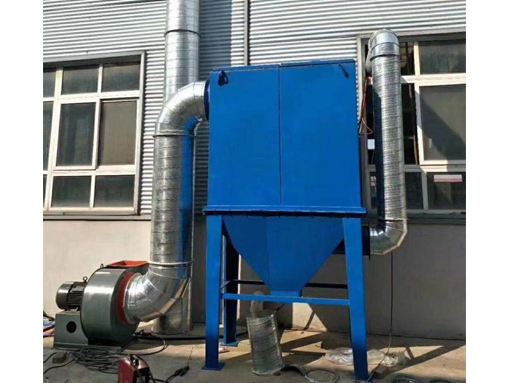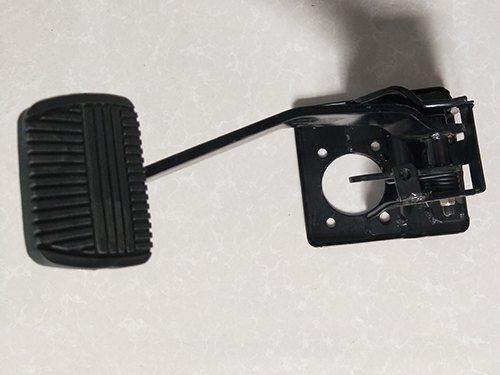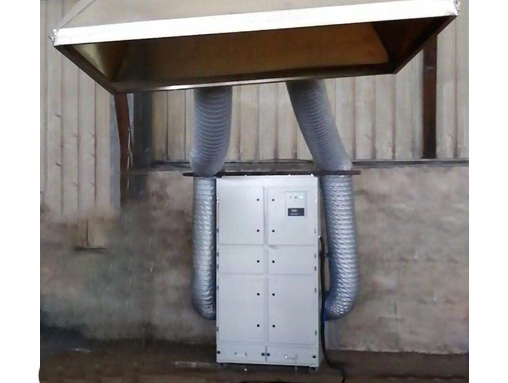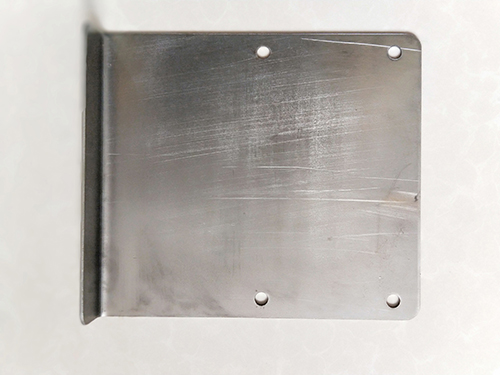Methods for Handling Production Defects in Stamping Parts and Upgrading Modern P
【1】 Method for handling production defects in stamped parts: 1. The reason for material flipping and twisting during stamping is in the progressive die. The outer shape of the stamped part is formed by punching and cutting the remaining material around the stamped part. Metal stamping parts; The main reason for flipping and twisting is the influence of punching force. During punching, due to the presence of punching gaps, the material is stretched on one side of the die (warping upwards) and compressed on the side closer to the punch. When using a discharge plate, use the discharge plate to press the material tightly to prevent the material on the concave mold side from warping upwards. At this time, the stress condition of the material changes accordingly. As the unloading plate increases its compression force, the material on the convex mold side is stretched (the compression force tends to decrease), while the material on the concave mold surface is compressed (the tensile force tends to decrease). The flipping of stamped parts is caused by the material on the concave die surface being stretched. So when punching, pressing and compressing the material is to prevent the possibility of flipping and twisting of the punched part. 2. Methods for flipping and twisting stamped parts: (1) Reasonable mold design. In the progressive die, the arrangement of cutting sequence may affect the accuracy of stamping part forming. For the cutting of small parts of stamped parts, it is generally recommended to first arrange a larger area for punching and cutting, and then arrange a smaller area for punching and cutting to reduce the impact of punching force on the forming of stamped parts. (2) Press down on the material. Overcoming the traditional mold design structure, a material holding gap is opened on the discharge plate (i.e. when the mold is closed, the discharge plate is in contact with the concave mold, and the gap between the discharge plate and the concave mold at the material holding position is t-0.03-0.05mm in material thickness). In this way, the unloading plate moves smoothly during stamping, and the material can be compressed. The key forming part, the discharge plate is made into an embedded structure to facilitate the solution of grinding (pressure) damage caused by long-term stamping at the pressing part of the discharge plate, which cannot press the material tightly. (3) Add strong pressure function. Thicken the size of the unloading insert pressing part (normal unloading insert thickness H+0.03mm) to increase the pressure on the material on the concave die side, resulting in flipping and twisting deformation of the stamped part during punching. (4) Trim a sloping or curved surface at the end of the convex die blade. This is a method to reduce the punching force. Reducing the buffer cutting force can alleviate the tensile force on the material on the concave die side, thereby achieving the effect of flipping and twisting the stamped part. (5) In daily mold production, attention should be paid to maintaining the sharpness of the cutting edges of the convex and concave molds. When the cutting edge wears out, the tensile stress on the material will increase, leading to an increased tendency for the stamped part to flip and twist. (6) Unreasonable or uneven punching gaps are also reasons for the flipping and twisting of stamped parts, which need to be overcome. 3. Handling of Common Specific Problems in Production In daily production, there may be situations where the punching size is too large or too small (possibly exceeding the specification requirements) and differs greatly from the punch size. In addition to considering factors such as the design size, processing accuracy, and punching gap of the forming convex and concave molds, the following aspects should also be considered to solve them. (1) When the cutting edge wears out, the tensile stress on the material increases, and the tendency for the stamped part to flip and twist increases. When flipping materials, the punching size will tend to decrease. (2) The strong pressure on the material causes plastic deformation, which can lead to an increase in punching size. When reducing the pressure, the punching size will tend to be smaller. (3) The shape of the end of the convex die blade. If a slope or arc is made at the end, due to the reduced cutting force, the punching part is less likely to flip or twist, resulting in a larger punching size. When the end of the punch is flat (without a slope or arc), the punching size will relatively decrease. 【2】 The level of chassis stamping manufacturing technology in automotive production not only affects the performance and quality of the chassis, but also has a significant impact on the overall quality of the car. Therefore, in automotive production, relevant personnel should actively embrace new processes, improve the production technology of chassis stamping parts, and promote the overall upgrading of automotive production technology. 1. For stamping production units, if the virtual manufacturing process is not properly controlled, it usually leads to unstable production of parts. Therefore, in the product design process, it is necessary to plan the material utilization rate of components and solve problems through virtual manufacturing. 2. With the continuous changes in the manufacturing process of automotive components, the commonly used five or even six sequence manufacturing of components represented by side panels has gradually progressed to four or even three sequence manufacturing, thereby enabling stamping products to continue to develop towards digitization, digitization, high-speed, and automation. 3. Diversification of processing techniques for metal stamping parts; When the requirements for cross-sectional quality and dimensional accuracy are high, the punching process can be used. When the bending radius of the bent part is less than the allowable value, an additional process should be added after bending; When the corner radius of the stretched part is small or the dimensional accuracy requirement is high, an additional process needs to be added after stretching. For metal stamping parts; Completed using a single process mold. Multiple stamping processes are required for cutting complex shapes. An additional leveling process can be added after the punching process.







